Milan celebrates design with a new Fuorisalone event
Milano Design City is the city's quest to restart through design, a ten-day event with new projects, exhibitions and openings by local and international design players
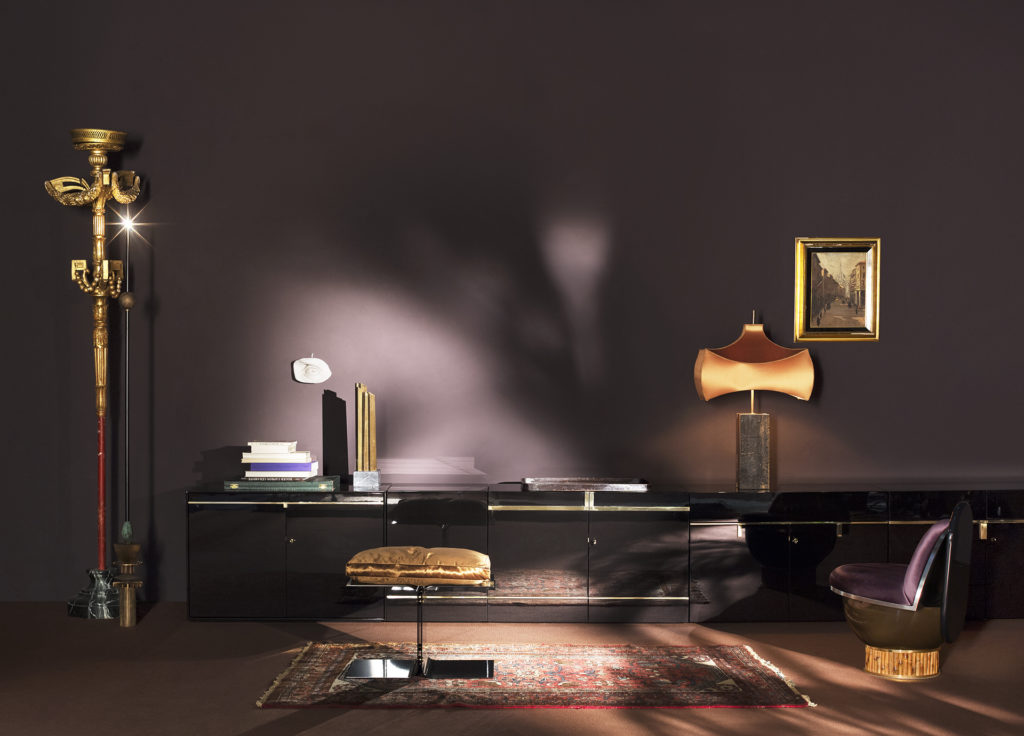
Earlier this year, Milan became the first European city to be hit by the Covid-19 pandemic, which forced the cancellation of all design events (including Salone del Mobile and Fuorisalone). Through collective creative and entrepreneurial initiatives (such as a manifesto drafted by nine Italian furniture companies titled 'Design Doesn't Give up'), the design community has continued to foster engaging conversations and develop new projects, a series of efforts that are now erupting in an off-season design event supported by the City of Milan and Fuorisalone. Titled Milano Design City, the two-week initiative features a series of showroom openings, launches, debates and events (both physical and digital) that very much feel like the city has re-gained its creative energy.
Brassless by Nilufar
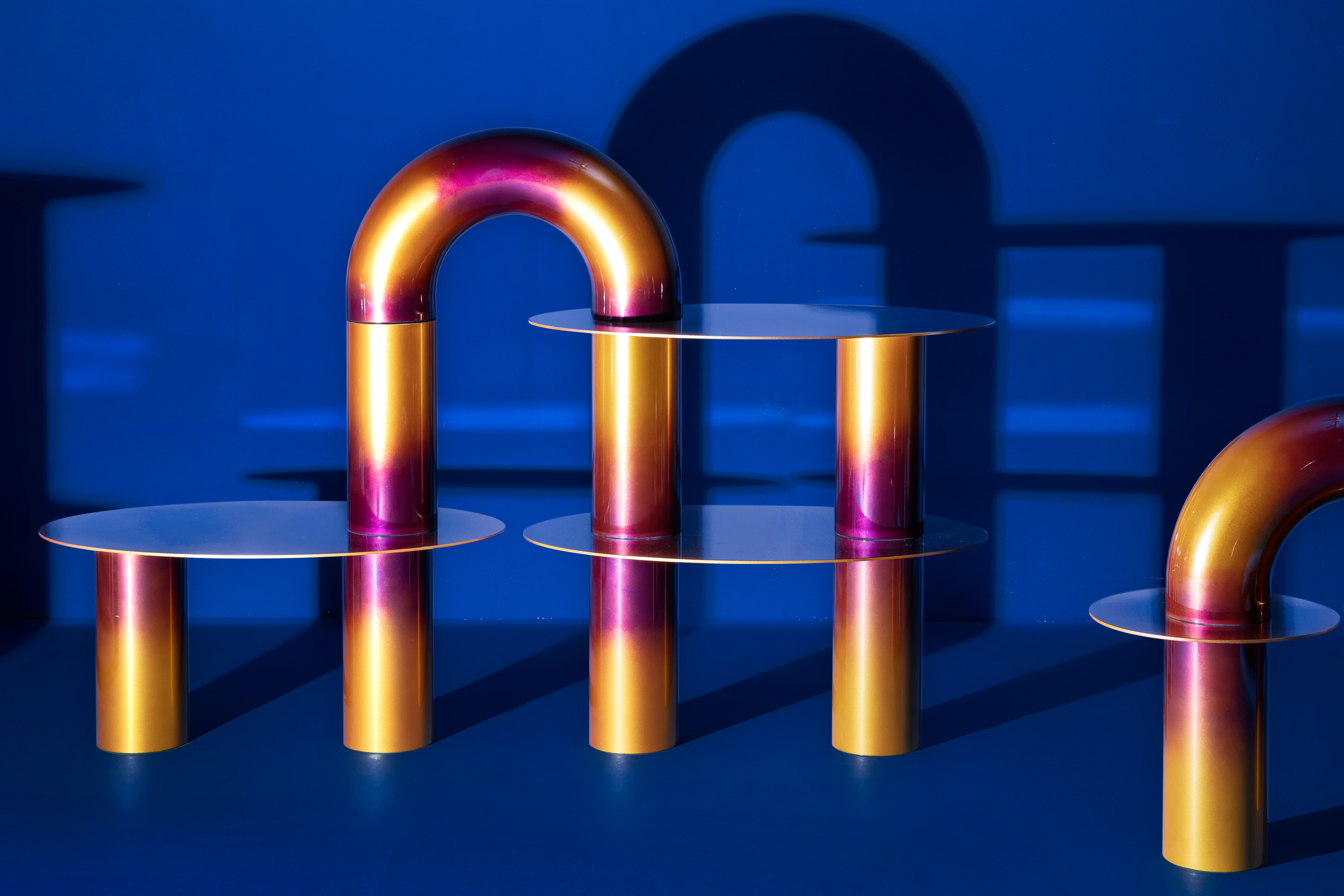
BRASSLESS: New Accords for the Metallic Wave, is a show curated by Studio Vedèt as part of the ongoing FAR series that sees Nilufar Gallery being taken over by a generation of young designers. Set in the spaces of Nilufar Depot’s Caveau, the exhibition includes works by Odd Matter, Objects of Common Interest (pictured) and Destroyers / Builders with a special contribution by Martino Gamper. As the title suggests, the group show is a provocative stance against the ubiquitous metal that has been popping up everywhere in design (Nilufar included), celebrating material diversity.
Viale Vincenzo Lancetti, 34
Tropical Milan by Erez Nevi Pana

Erez Nevi Pana’s body work is entirely dedicated to the exploration of alternative, ethical materials that can serve our everyday manufacturing needs. After an exhibition exploring vegan design in 2018, the Israeli designer collaborated once again with Milanese curator Maria Cristina Didero to go one step further, growing his own design materials (namely, banana tress he could source fibers from). His project Tropical Milan includes a film that portrays a futuristic dystopia, a narrative in which the city becoming a jungle, and a capsule collection of three furniture pieces (a bag chair, a rocking chair and a hammock), made of banana fibre grown by Nevi Pana, that represents the designer’s optimistic reaction to that future vision.
Via Cesare Correnti, 14
1+1+1 at Assab One
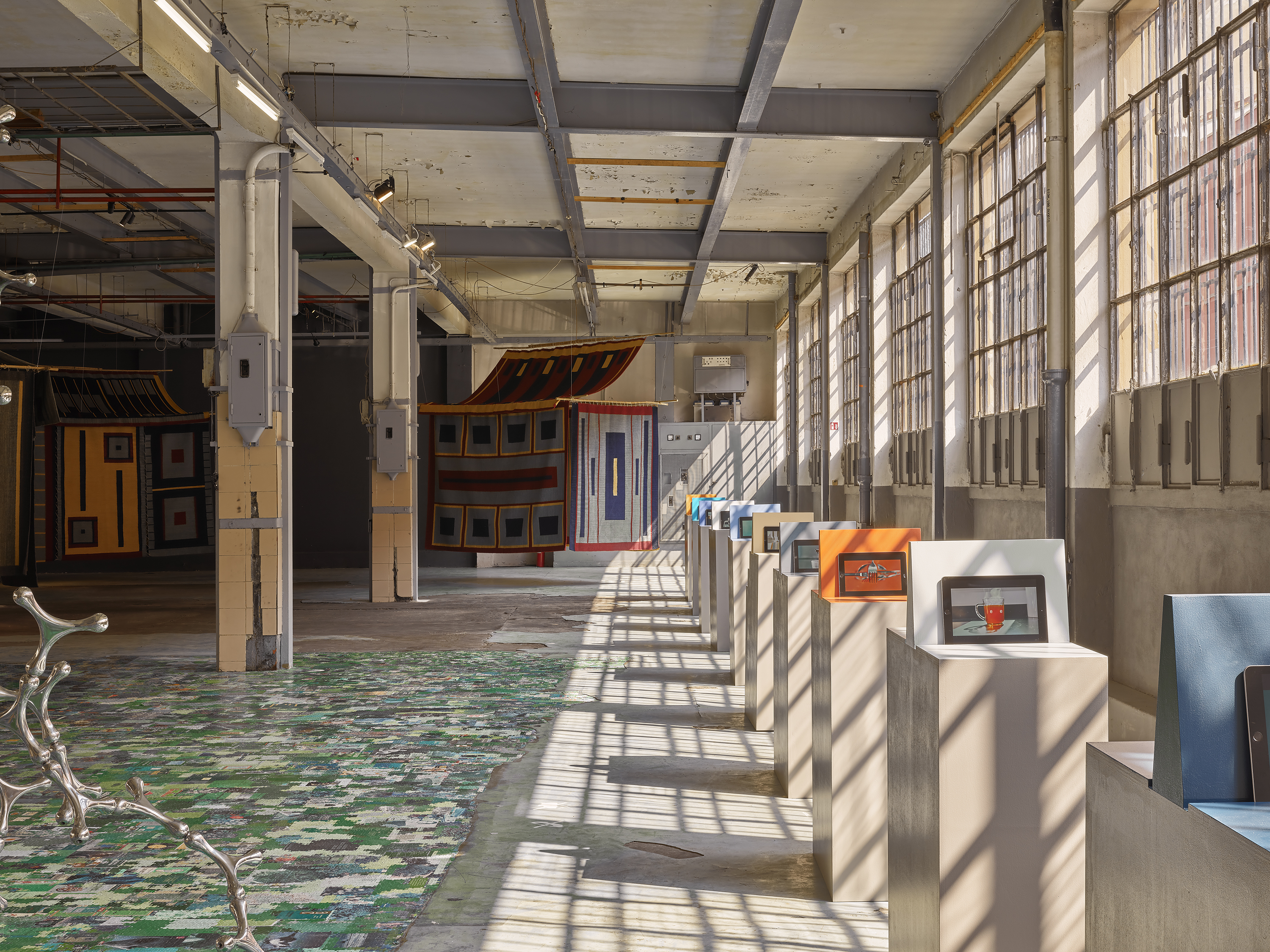
Now in its fourth edition, Assab One’s 1+1+1 exhibition format brings together the work of creatives from different fields under one roof. Curated by Federica Sala, this year’s exhibition features new works by Michele De Lucchi in collaboration with AMDL Circle (who also designed a logo for the project), contemporary artist Loris Cecchini and design consultancy Pentagram, participating to the project with the collective name & Friends. For the occasion, Cecchini created a web of modular organic structures, De Lucchi used large-scale rugs to create architectural structures, and Pentagram partner and writer Naresh Ramchandani collaborated with over 20 different creatives on a series of Home Poems. Created in London during lockdown, Ramchandani's collective project is based on finding poetry and joy in everyday life: a playful punctuation to the exhibition that demonstrates how humour is a much needed element in our lives. Curator Federica Sala was inspired by the traditionally choral nature of the exhibition, giving communities a unified voice.
Until 14 November. Via Privata Assab, 1
Latteria by Keiji Takeuchi for Fucina

Under Maddalena Casadei’s creative direction, Italian brand Fucina returns with a new project by Japanese designer Keiji Takeuchi. His Latteria stool is based on a simple, archetypal design (inspired by traditional milking stools) that has been refined by the designer and created with manufacturing precision and cutting edge techniques. Made of a single block of aluminium (available in a variety of colours), the stool’s seat was milled with millimetric precision, while an active nanotechnological treatment was applied to all surfaces to inhibit the proliferation of harmful elements that come into contact with them – making the piece antibacterial and fingerprint resistant.
MEGA, Piazza Vetra 21
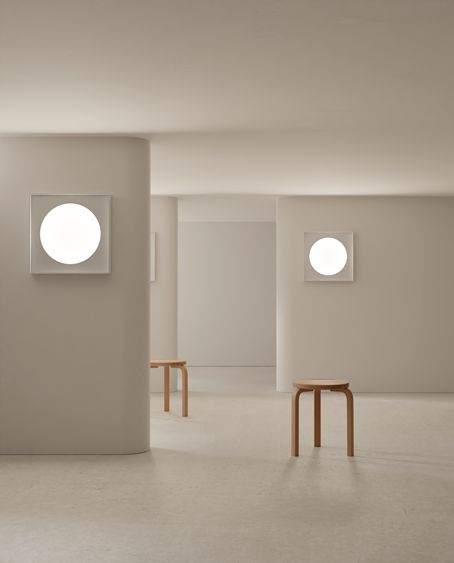
Norwegian designer way with light features a mix of technical precision and poetic imagination. His new project for LucePlan is a slender lighting panel (that can be applied to walls or ceilings alike), based on his recurring modus operandi of a ‘geometry of light’. The Cassette’s rigorous form is a pleasant contrast with the depth of Rybakken’s design thinking focused on the fascinating effects of light on an environment. Corso Monforte, 7
![A corner of Dimoregallery's [fil] NOIR project,](https://cdn.mos.cms.futurecdn.net/bF5j4DavwSswLRWVw5irE4.jpg)
A corner of Dimoregallery's [fil] NOIR project, based on an aesthetic that is 'material, theatrical and kaleidoscopical'.Via Solferino, 11.
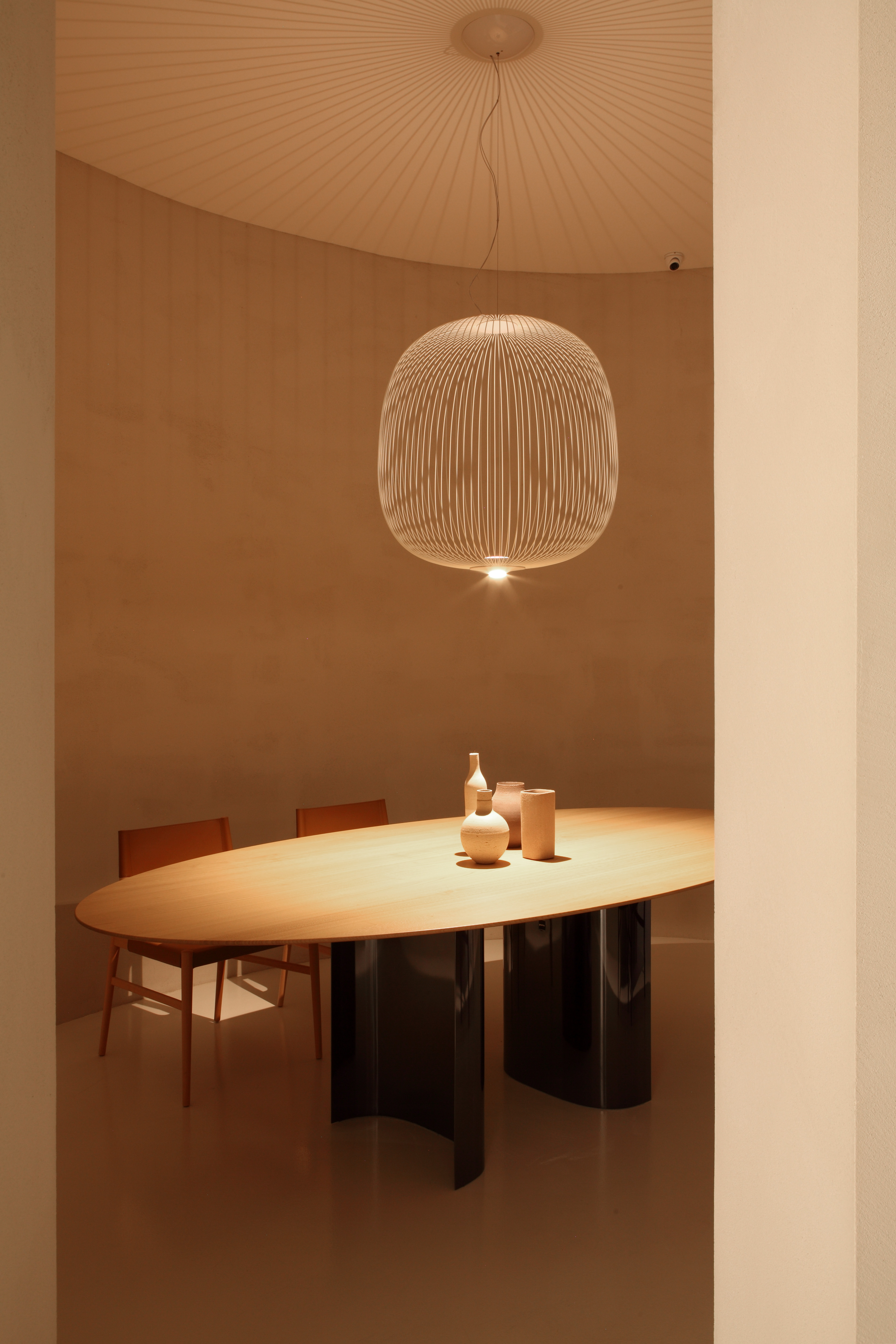
A corner of Porro's showroom featuring a dining scene which includes Gabriele and Oscar Buratti's Jeff table with GamFratesi's Voyage chairs. Via Durini, 15
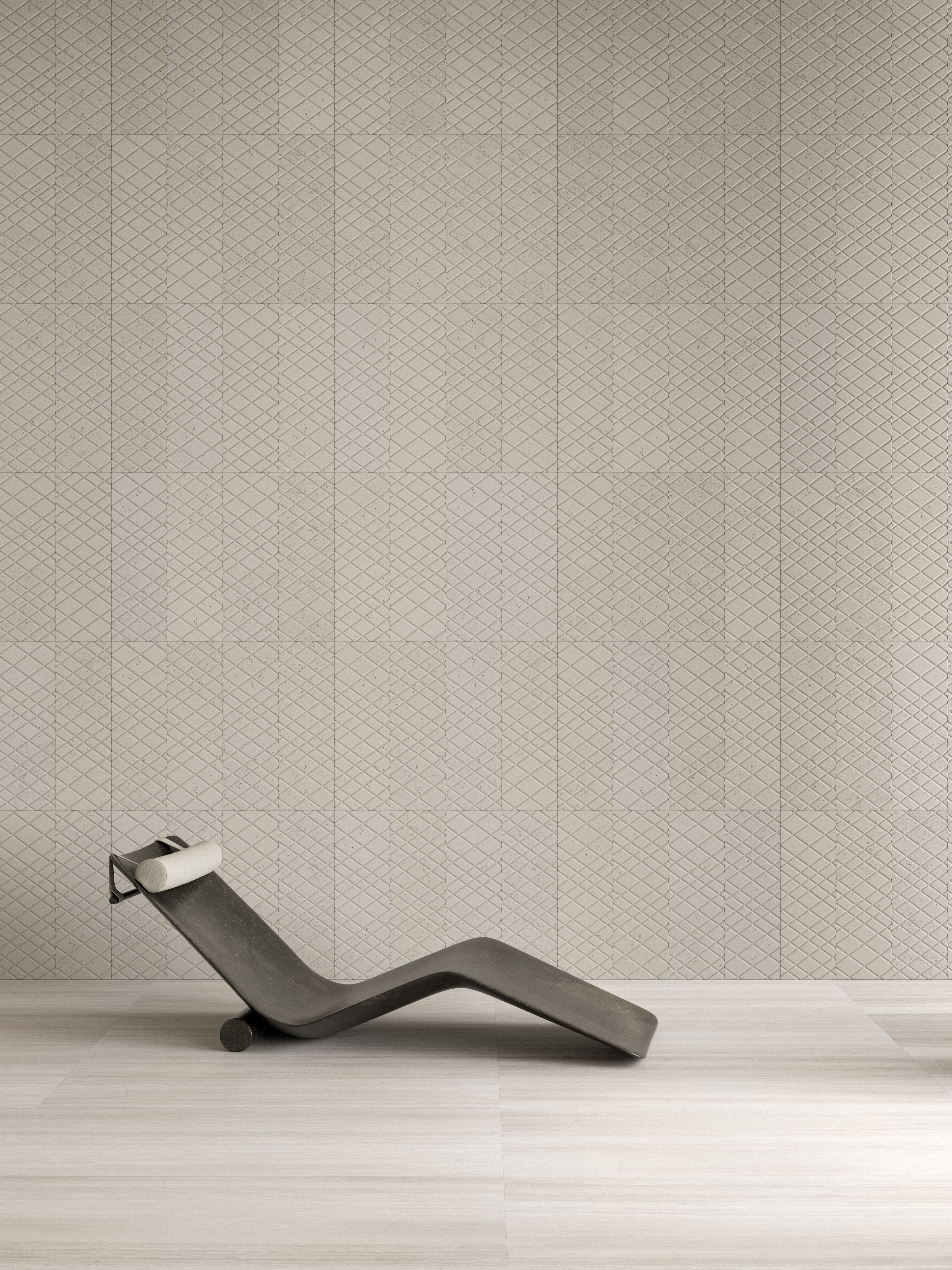
Ever pushing the boundaries of marble manufacturing, Salvatori present Piero Lissoni's Curl chaise, which was created using cutting-edge technologies to remove superfluous material leaving a slender design. The Italian designer was inspired by Michelangelo's approach to sculpture, which combined an engineering perspective with an elegant silhouette. Via Solferino, 11
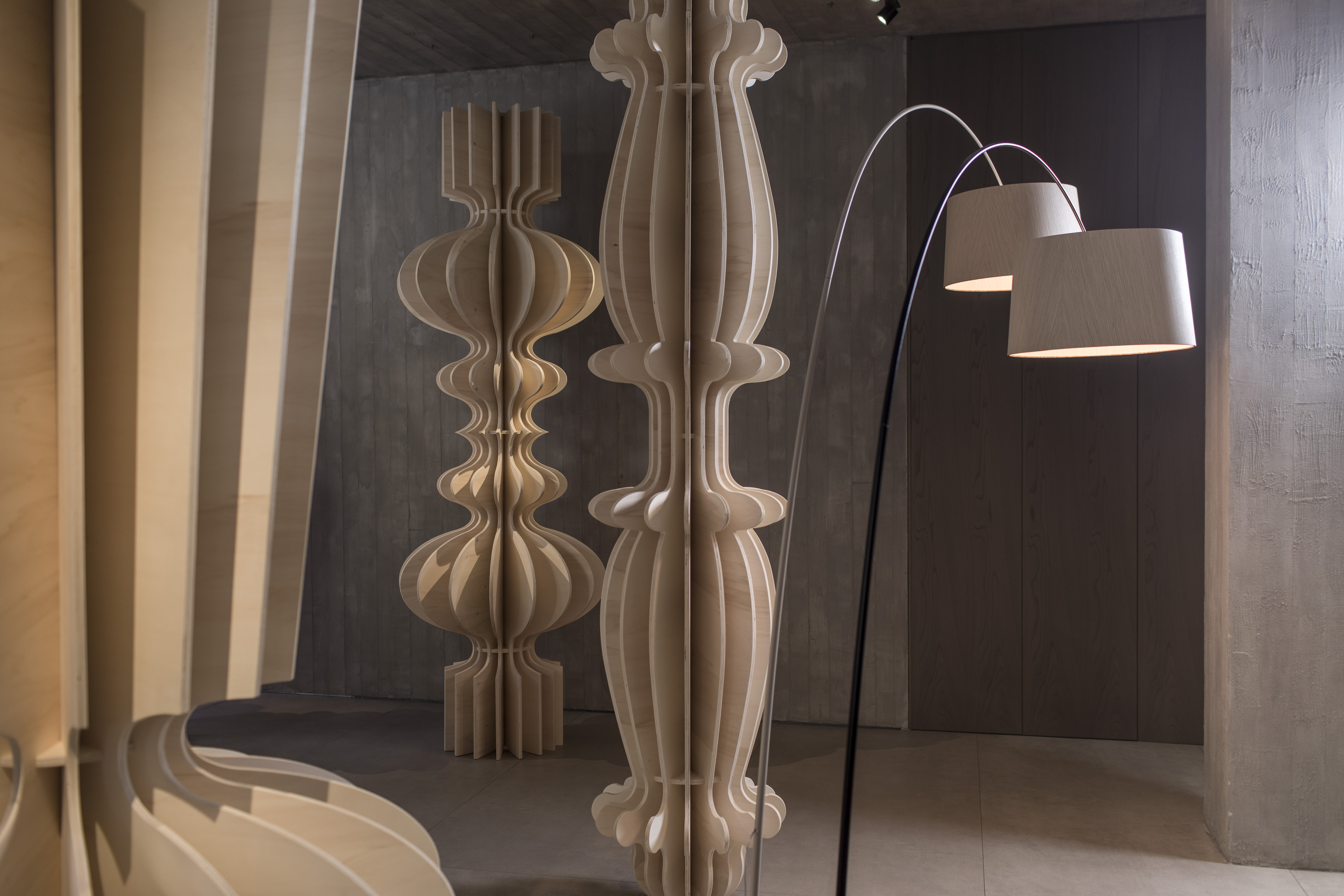
Designer created an installation for Foscarini's showroom. 'Every time I think about new displays for Foscarini, I do it as if I had to create an installation inside a gallery,' explains the designer. 'For this occasion, I have imagined a free, empty space where elements in natural wood fill the setting, creating pathways between abstract, almost childish forms that multiply in space, becoming simultaneously dividers and backdrops between one lamp and the next.' Corso Monforte, 19

Mario Cucinella’s Flexia lamps were one of the focus products of Artemide’s Corso Monforte installation. Inspired by papyrus folding and origami techniques, Flexia combines Artemide’s lighting expertise with Cucinella’s focus on a sustainable and holistic approach. The lamp’s flexible wings include a light-diffusing surface as well as acoustic panels, a demonstration of the company’s multilayered attitude towards lighting products. A decisive sustainable stance is at the heart of this project, which features recycled fibres, textiles made from PET bottles and an internal panel made from waste materials. Corso Monforte, 19

Moroso presented an installation titled Glowing Fall, featuring new pieces including Patricia Urquiola's Ruff armchair (pictured), a threedimensional experiment in binary geometry. Via Pontaccio, 8.
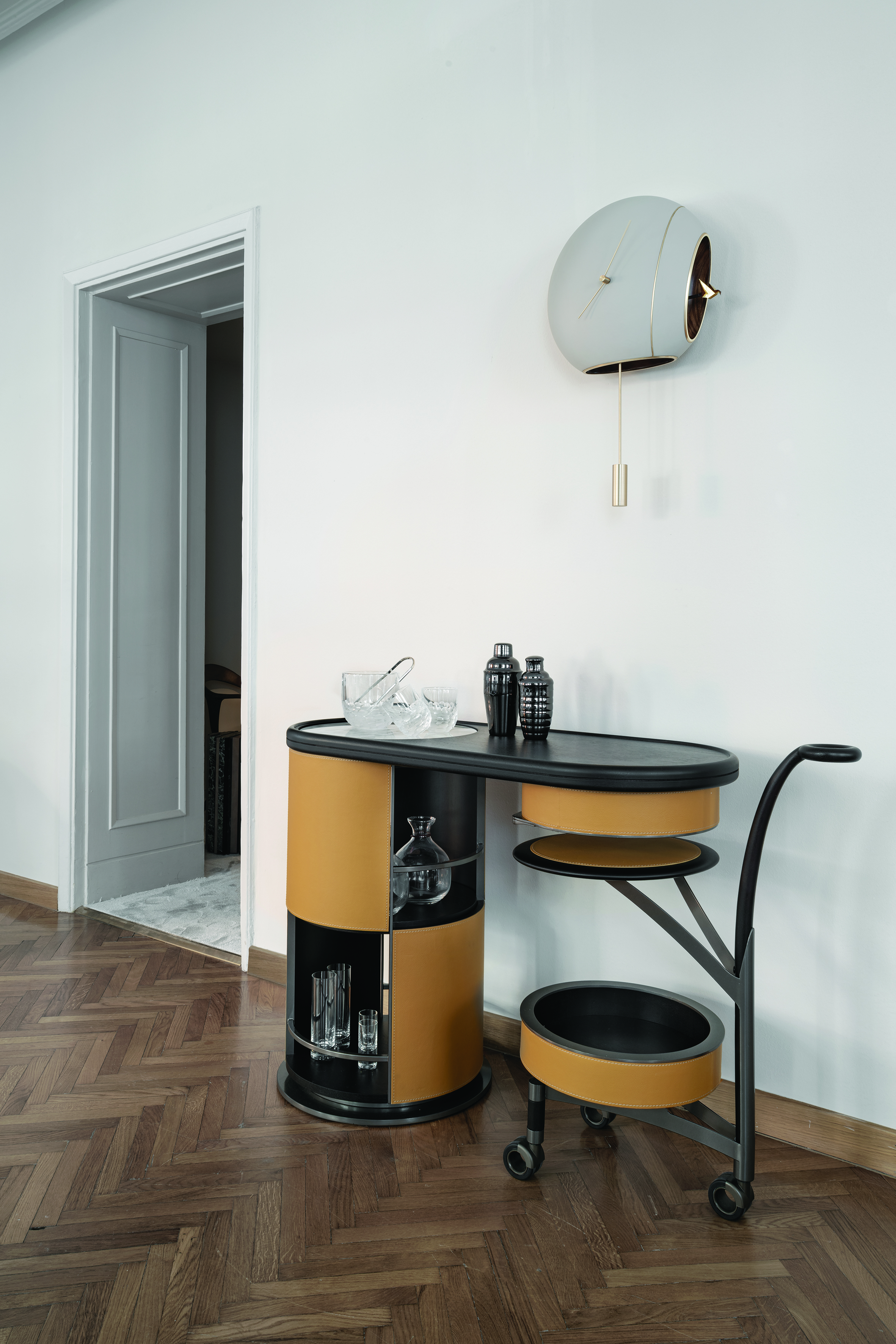
Since 2011, Giorgetti Atelier presents a new domestic interpretation to the company’s sleek collections. This year’s new setting celebrates some of its latest exclusive design collaborations including the Host bar cabinet by New York-based hospitality designer . Via Serbelloni, 14
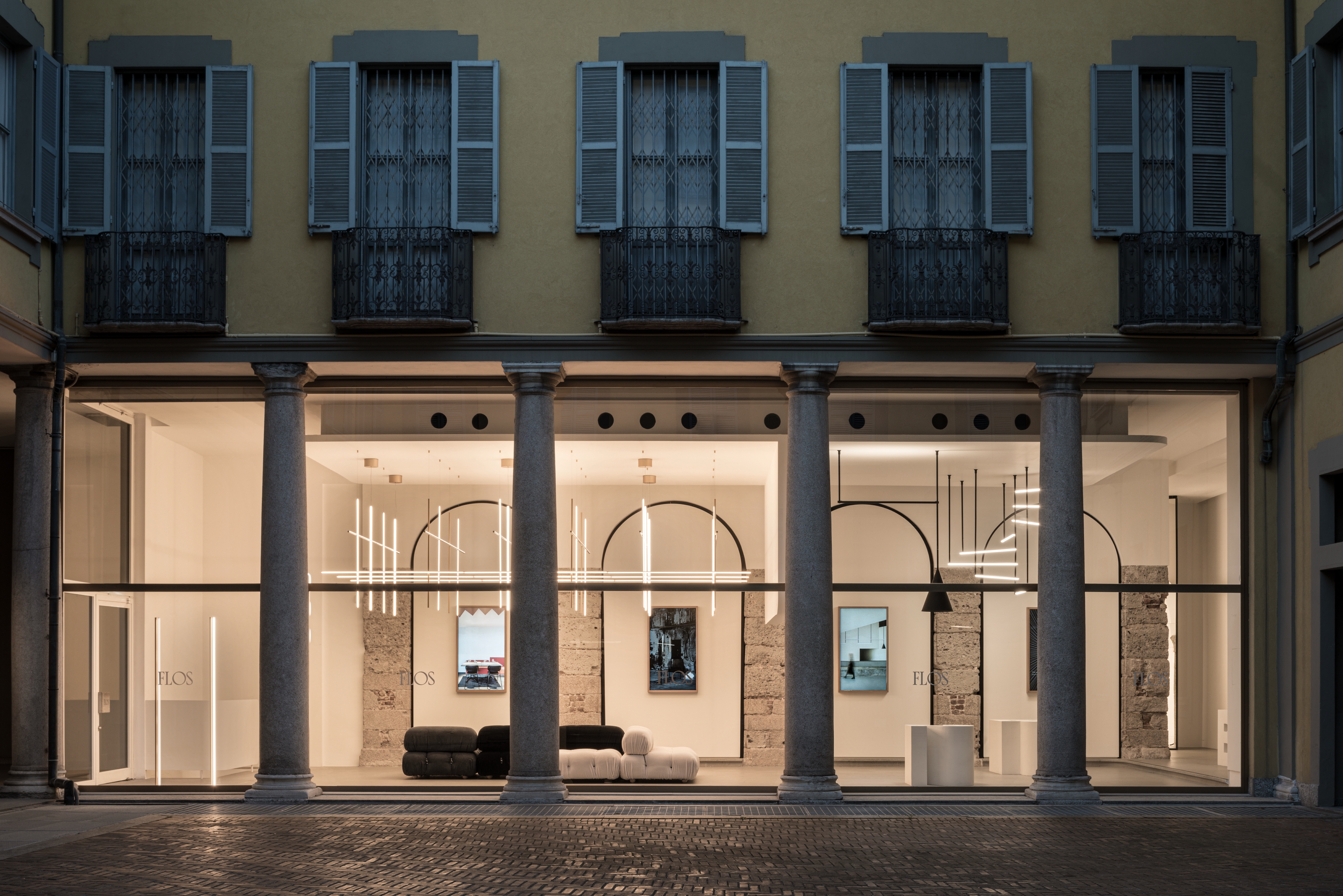
Calvi Brambilla created an immersive atmosphere for Flos' professional space, dedicated to showcasing the company's contract solutions. Here, the installation features Vincent Van Duysen's Infra-Structure Episode 2 system, which is accompanies by B&B Italia's re-edition of the Camaleonda sofa by Mario Bellini. Corso Monforte, 15
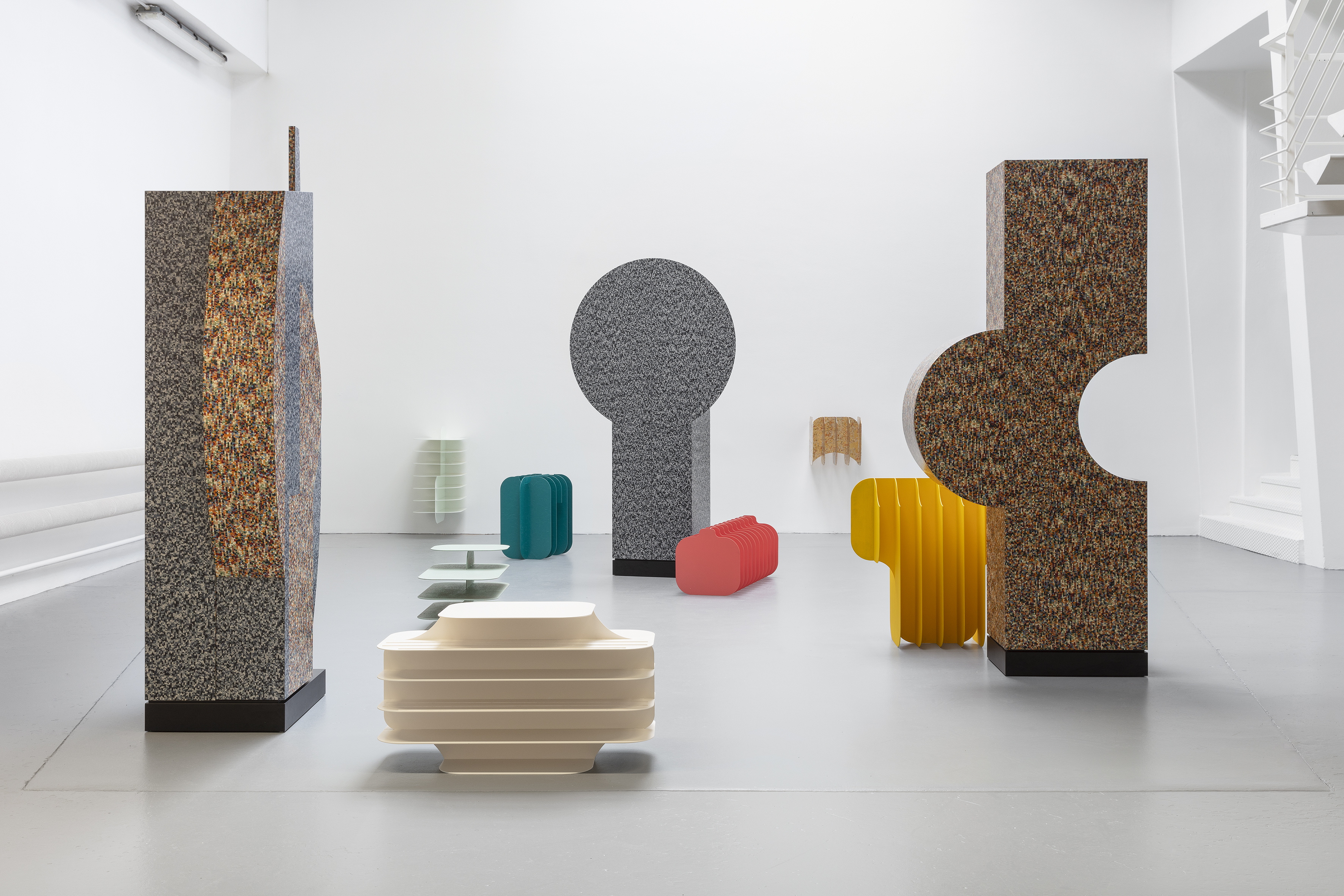
Presented under the MiArt aegis with an exhibition that blends art and design is the late designer Alessandro Mendini's Tre Primitivi project for Italian surface manufacturer Alpi. Featuring three large-scale pieces of furniture, the collection is made using a rendition of Mendini's first project for Alpi, a 1991 design inspired by pointillisme. The designer's furniture is shown in conversation with artist Andrea Sala's threedimensional work with an exhibition titled Lucido, ancora più lucido, in collaboration with Galleria Luisa delle Piane. Schiavo Zoppelli Gallery, Via Martiri Oscuri, 22.
Receive our daily digest of inspiration, escapism and design stories from around the world direct to your inbox.
Rosa Bertoli was born in Udine, Italy, and now lives in London. Since 2014, she has been the Design Editor of Wallpaper*, where she oversees design content for the print and online editions, as well as special editorial projects. Through her role at Wallpaper*, she has written extensively about all areas of design. Rosa has been speaker and moderator for various design talks and conferences including London Craft Week, Maison & Objet, The Italian Cultural Institute (London), Clippings, Zaha Hadid Design, Kartell and Frieze Art Fair. Rosa has been on judging panels for the Chart Architecture Award, the Dutch Design Awards and the DesignGuild Marks. She has written for numerous English and Italian language publications, and worked as a content and communication consultant for fashion and design brands.
-
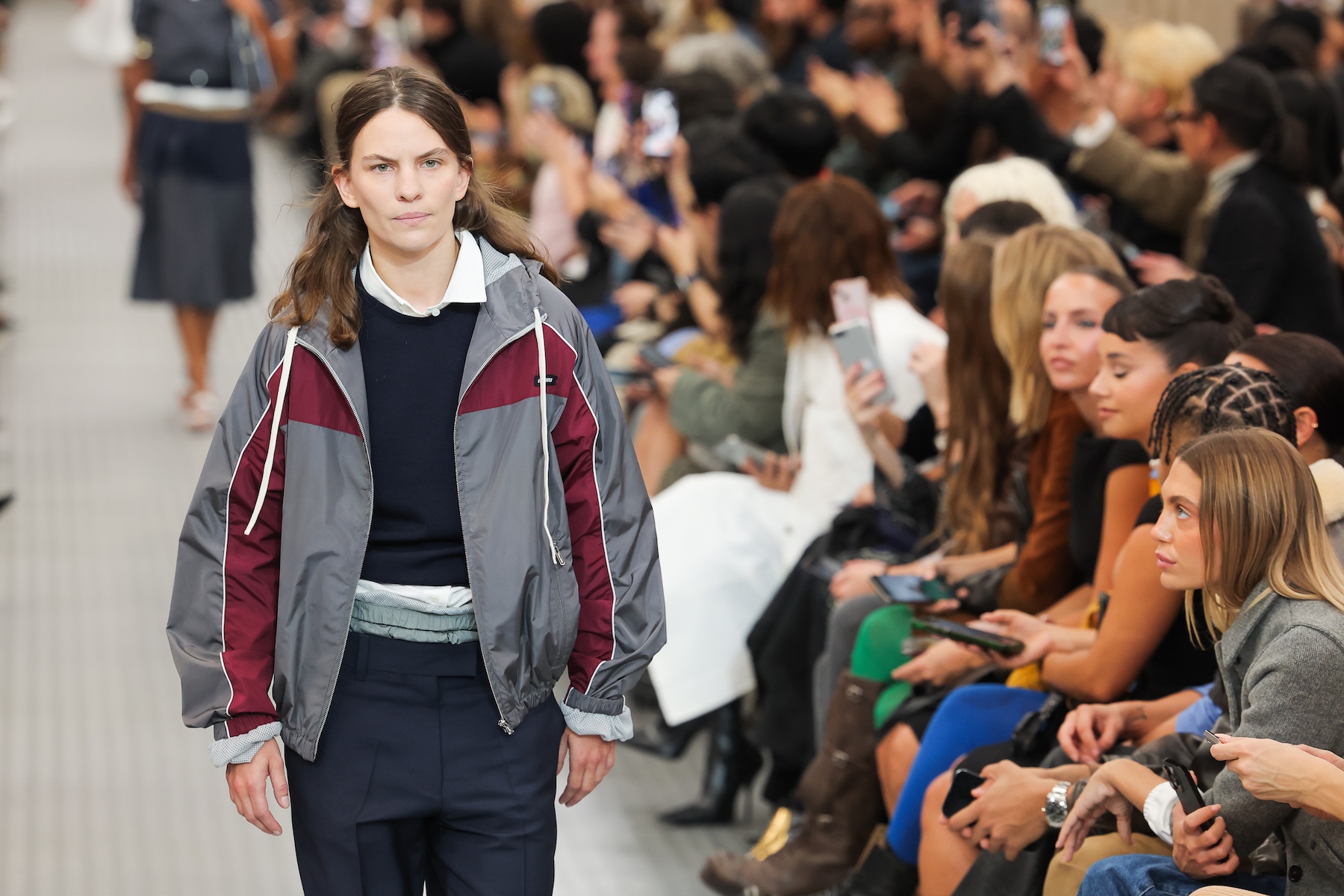 Ten of the best track jackets for channelling a 1970s-meets-1990s cool
Ten of the best track jackets for channelling a 1970s-meets-1990s coolAs a ‘Marty Supreme’ track jacket makes a bid for viral garment of 2025 – thanks to one Timothée Chalamet – the Wallpaper* style team selects ten of the best tracksuit and coach jackets for men and women, each encapsulating an easy, nostalgia-tinged elegance
-
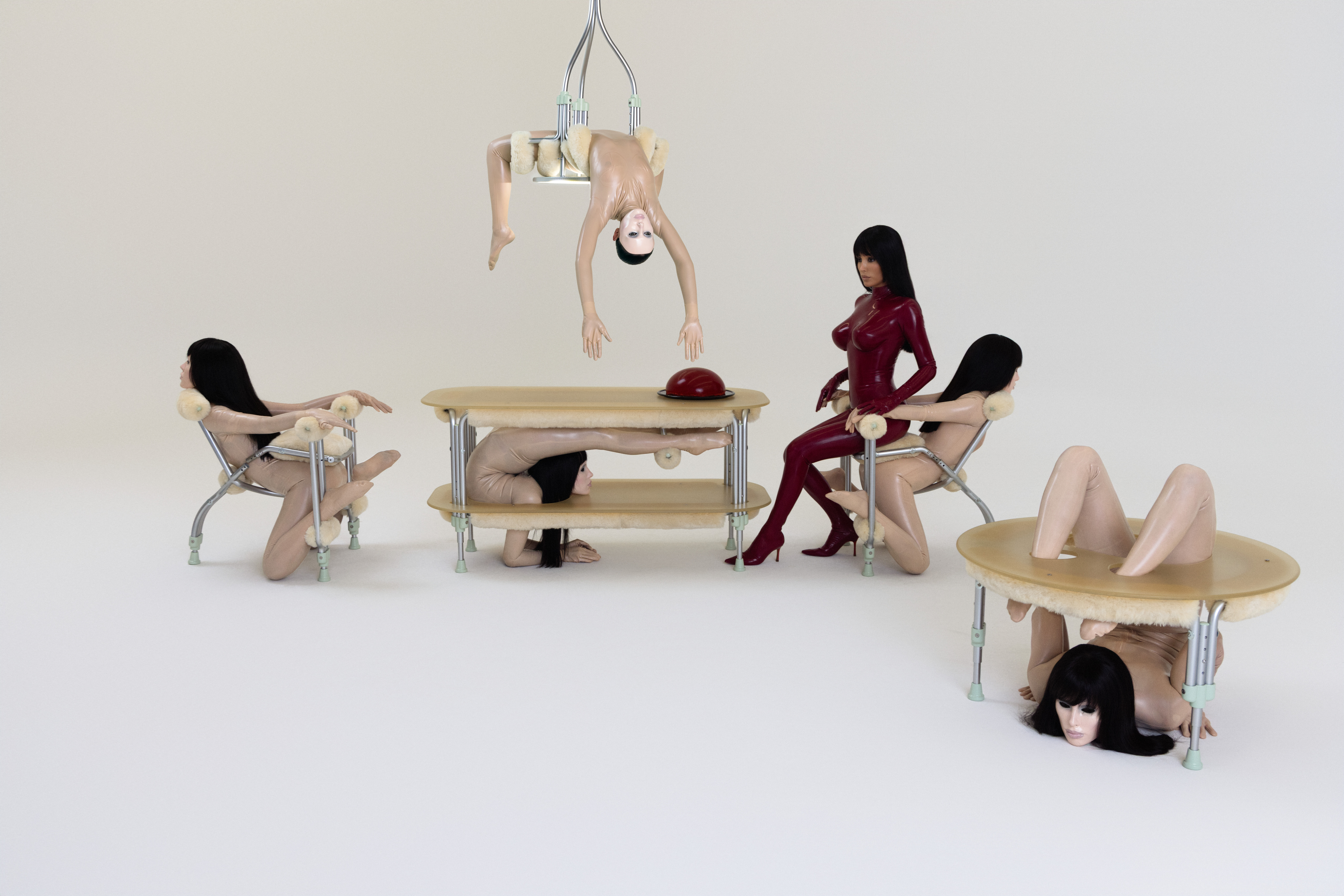 Eight questions for Bianca Censori, as she unveils her debut performance
Eight questions for Bianca Censori, as she unveils her debut performanceBianca Censori has presented her first exhibition and performance, BIO POP, in Seoul, South Korea
-
 How to elevate a rental with minimal interventions? Charu Gandhi has nailed it with her London home
How to elevate a rental with minimal interventions? Charu Gandhi has nailed it with her London homeFocus on key spaces, work with inherited details, and go big on colour and texture, says Gandhi, an interior designer set on beautifying her tired rental
-
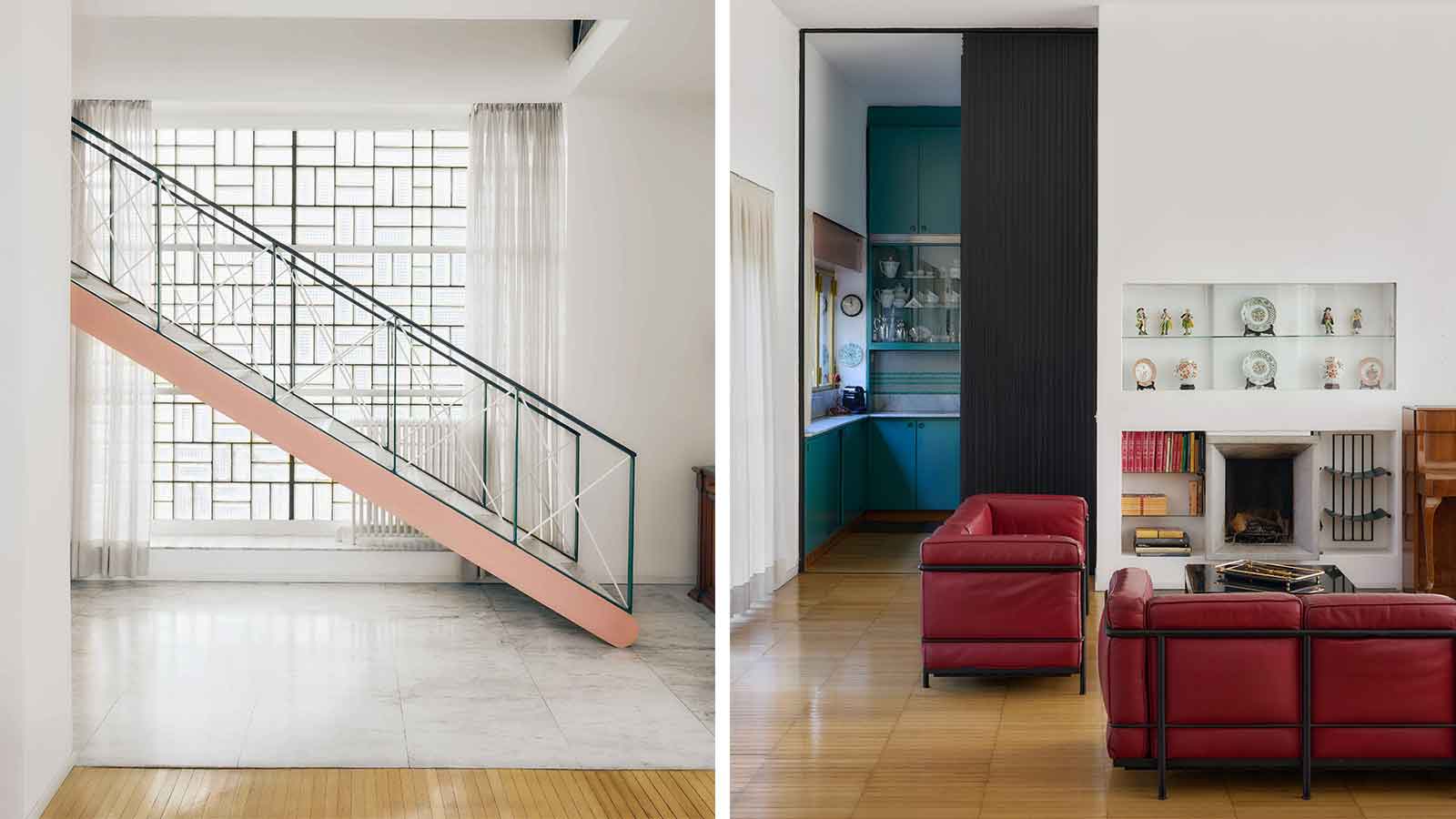 Alcova 2026 locations include a Rationalist gem and an abandoned church
Alcova 2026 locations include a Rationalist gem and an abandoned churchAlcova returns for an 11th edition in 2026 (20-26 April), once again opening up two exclusive Milanese locations, the Baggio Military Hospital and Franco Albini's Villa Pestarini
-
 O Milano! Design's epic annual spectacle in photos
O Milano! Design's epic annual spectacle in photosCall us biased, but we believe that Milan Design Week is, at this moment in time, the greatest show on earth
-
 For its 24th edition, Triennale Milano's International Exhibition examines the theme of ‘Inequality’
For its 24th edition, Triennale Milano's International Exhibition examines the theme of ‘Inequality’The design institution shines a light on events such as the Grenfell disaster, climate crises and the Israel-Hamas war through architecture, art, products, technology and data
-
 Eight designers to know from Rossana Orlandi Gallery’s Milan Design Week 2025 exhibition
Eight designers to know from Rossana Orlandi Gallery’s Milan Design Week 2025 exhibitionWallpaper’s highlights from the mega-exhibition at Rossana Orlandi Gallery include some of the most compelling names in design today
-
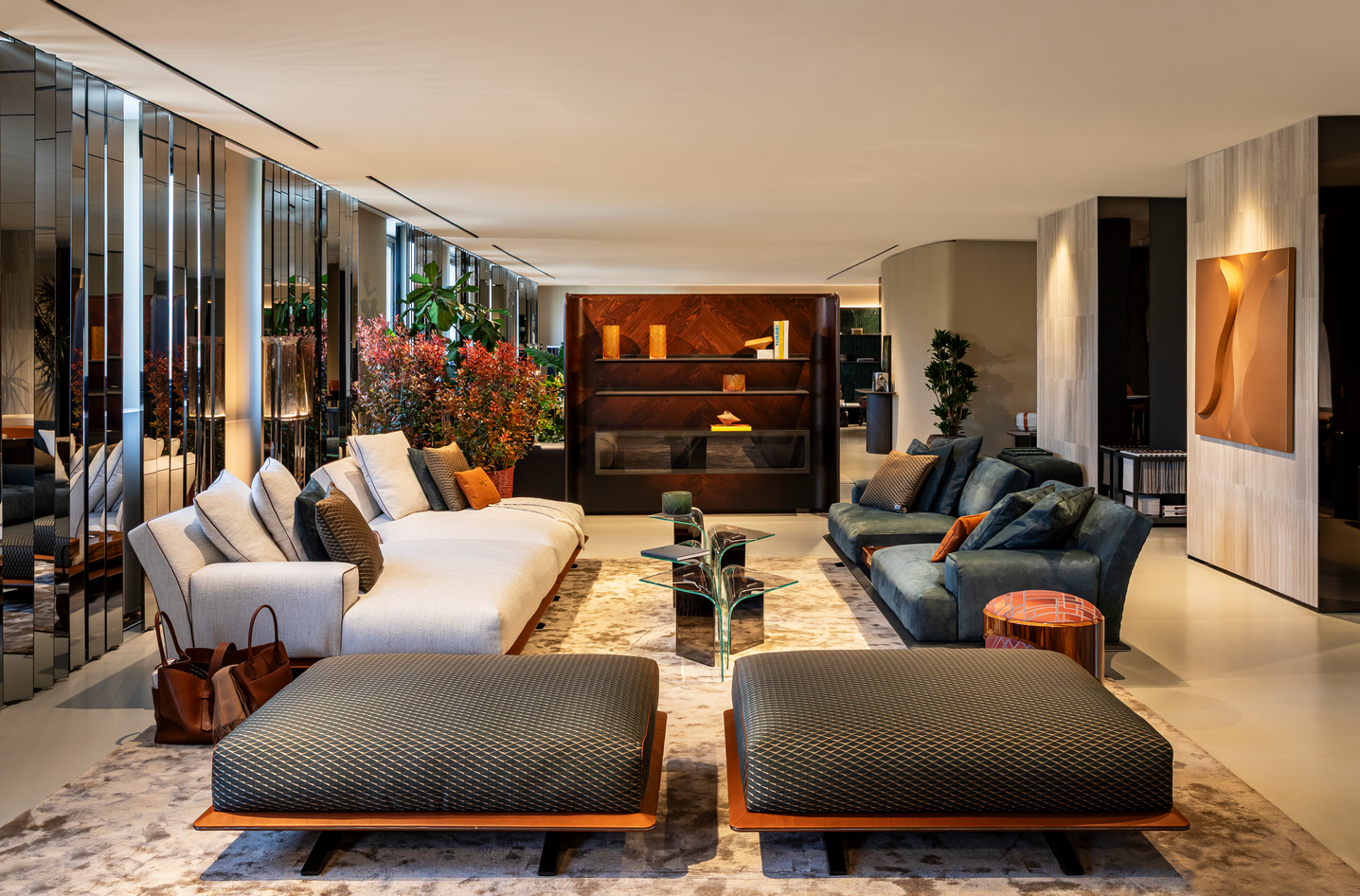 Bentley’s new home collections bring the ‘potency’ of its cars to Milan Design Week
Bentley’s new home collections bring the ‘potency’ of its cars to Milan Design WeekNew furniture, accessories and picnic pieces from Bentley Home take cues from the bold lines and smooth curves of Bentley Motors
-
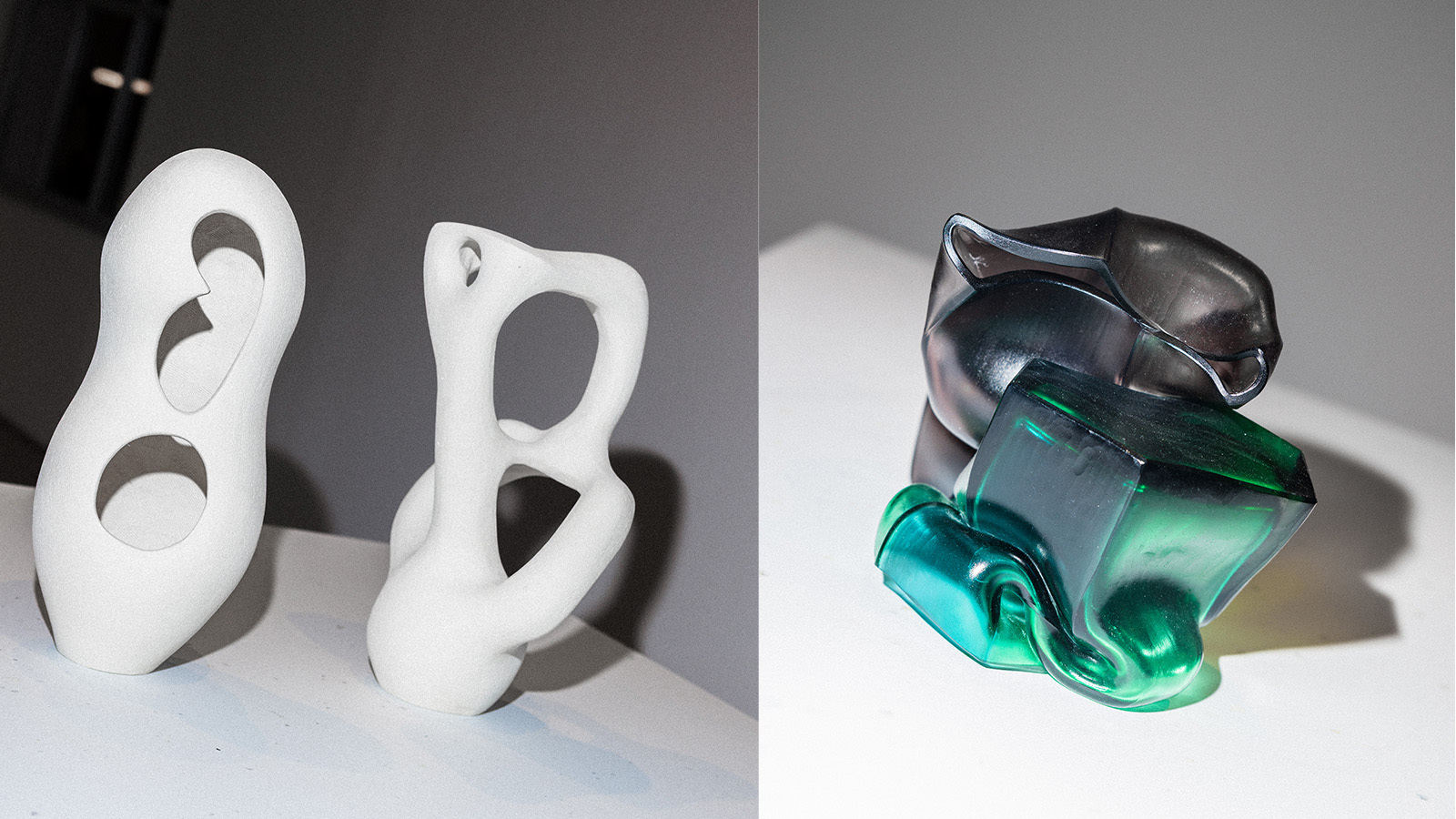 StoneX partners with Wallpaper* for material alchemy at Milan Design Week and beyond
StoneX partners with Wallpaper* for material alchemy at Milan Design Week and beyondThe natural stone purveyor teams up with Wallpaper* for a three-year partnership of material adventures, starting with an exhibition at Triennale di Milano
-
 David Rockwell’s Milan Design Week presentation is a love letter to cork
David Rockwell’s Milan Design Week presentation is a love letter to corkRockwell Group’s Casa Cork installation showcases this under-appreciated material, which is infinitely recyclable and sequesters carbon for decades
-
 Emerging galleries to discover during Milan Design Week
Emerging galleries to discover during Milan Design WeekWallpaper’s Milan editor has the inside track on the younger design galleries coming to town